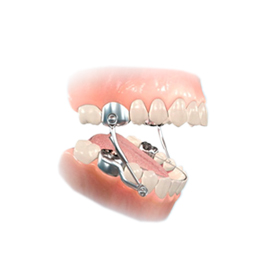TYPE OF APPLIANCES
Braces
Braces are a treatment method orthodontists use to align and straighten teeth. Braces are a system of brackets, metal bands and wires that are fixed to the teeth and are generally needed for more comprehensive treatment. There are two basic types:
Metal
Metal braces are the most common type of braces. In the last few years, major improvements have been made making modern metal braces much smaller and more comfortable than past versions.
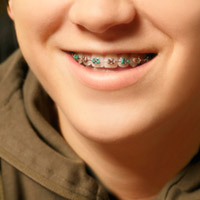
Clear
Similar in functionality to metal braces, clear braces are made from a translucent ceramic material that blends into the natural color of your tooth. This is a less noticeable option than traditional, metal braces.
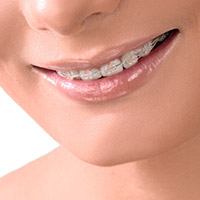
Colors
Small rubberbands used to attach the wire to the brace (bracket). Alastics come in silver and clear to match the braces. Some patients like to customize their look in braces by choosing colorful alastics. The colors can be changed every visit.
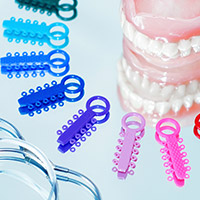
Elastics (Rubber Bands)
Elastics are often used in conjunction with braces in order to coordinate the teeth and the jaws from top to bottom. Elastics connect from one bracket (brace) to another to help aid in the positioning and alignment of the teeth.
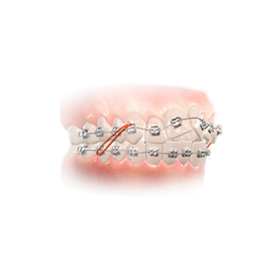
Invisalign
Invisalign is an alternative to fixed appliances such as metal and clear braces. Invisalign is a system of clear aligner trays that move your teeth incrementally with each tray. They are also removed to brush the teeth. Many adults, as well as teenagers, feel Invisalign is an excellent option when they are looking for a more aesthetically pleasing and less invasive treatment option.
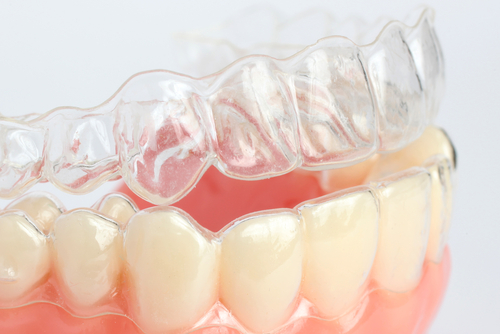
Palate Expander
A palate expander is a general term for all devices that are usually used to widen the upper (maxillary) jaw to allow more space and better alignment of the teeth. They are often used to correct crossbites of the posterior (back) teeth.
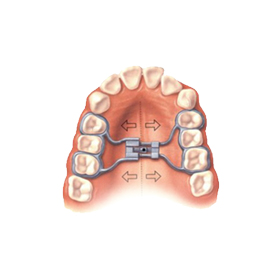
Space Maintenance
These appliances save space in the mouth. Space maintenance can be necessary when a patient has missing (never formed) teeth, has lost a primary (baby) tooth or a permanent tooth prematurely or to hold room for eruption of the teeth in a developing child. Space maintenance can be removable or fixed (cemented).
Lingual Holding Arch
A Lingual Holding Arch is a space maintainer used on the lower teeth. It stays in the mouth by being anchored to the back teeth with metal bands. Lingual arches prevent space loss.
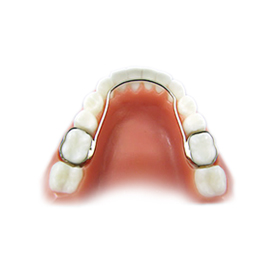
TPA Appliances
The Trans-Palatal Arch appliance or TPA for short, is a curved wire that extends across the upper jaw’s arch width to move molars into positions that wires alone cannot achieve. Spanning from first molar to first molar, the TPA appliance is used to prevent space loss and to maintain arch width.
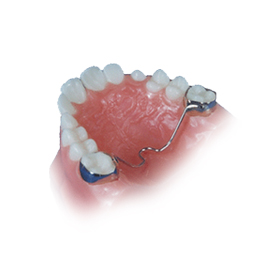
Retention
The following appliances are used to hold teeth in the desired position, or retain the teeth, helping mitigate the chance of relapse after orthodontic treatment is completed.. The three most common types are:
Clear Retainer
Clear Retainers are made of a molded clear plastic and resemble an Invisalign aligner.

Hawley Retainer
The Hawley retainer is a removable appliance that is made with a combination of acrylic and wire.
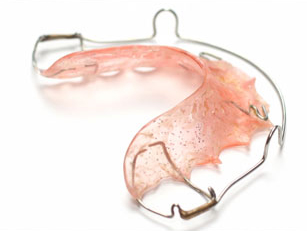
Fixed Retainer
A fixed retainer is a retainer that is bonded to the lingual (inside) of the teeth. It is generally used to prevent relapse and to maintain teeth positions following orthodontic treatment.
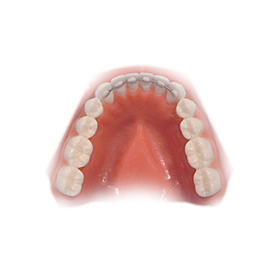
Others
Lip Bumper
The Lip Bumper acts as a space maintainer. It is able to increase the lower arch length and is also able to lessen the malocclusion commonly called a deep bite. The Lip Bumper slightly stretches the lower lip muscle, thereby allowing the lip to put more muscle pressure on the lower molars and is used to regain space that has been lost in the lower arch.
Herbst Appliance
We use a Herbst appliance in more severe overbite cases. It is most frequently used in growing patients.
